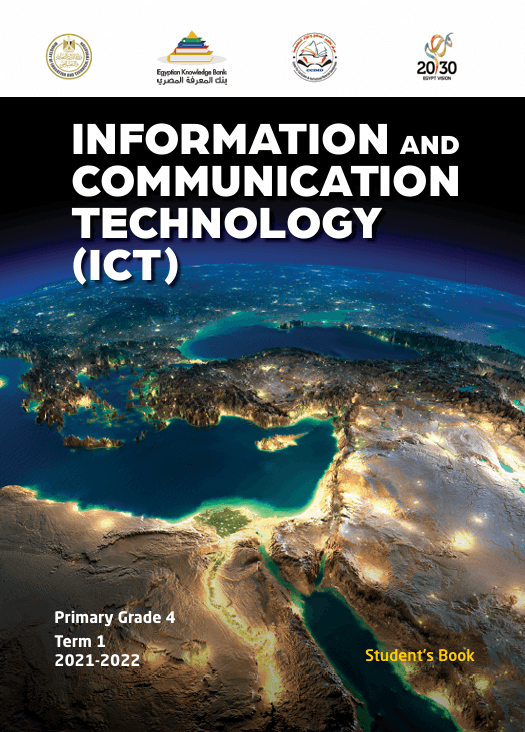Information and Communication Technology (ICT) - Primary 4 - Term 1
المستويات الدراسية:
النظام التعليمي: National English

1. Exploring the transformative power of information and communication technologies in modern society, from historical evolution to practical applications that support diverse needs.
أهداف التعلم:
1. Analyze real-world applications of ICT in specialized fields like archaeology.
2. Trace the historical development of digital technologies and their societal impact.
3. Differentiate between hardware components and software systems in computing.
4. Evaluate assistive technologies that empower people of determination.
5. Diagnose common ICT problems and implement technical solutions.
6. Process and visualize data using digital tools for evidence-based reporting.
الوحدات النمطية
1. The role of ICT in our lives
1. 1. Lesson 1: Explorer in Action
نتائج التعلم:
1. Identifies some technology used to explore the Earth.
2. Explains different terms related to technology.
3. Describes how technology can be used to search for things under the ground.
1. 2. Lesson 2: The evolution of technology
نتائج التعلم:
1. Discusses the history of ICT.
2. Discusses how technology is used in daily life.
3. Improves typing speed.
1. 3. Lesson 3: Components of computer systems
نتائج التعلم:
1. Explains the main components of computer systems.
2. Identifies input, output, and data.
3. Describes different types of computer hardware.
1. 4. Lesson 4: Software and operating systems
نتائج التعلم:
1. Explain the basic functions of operating systems and software.
